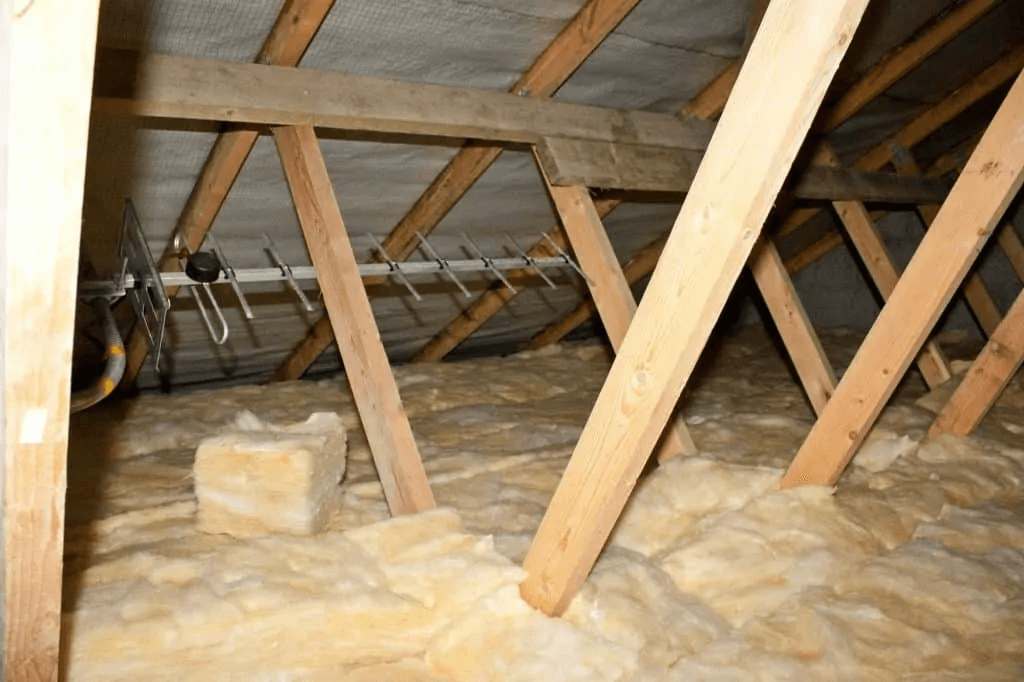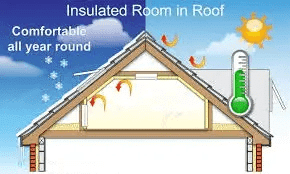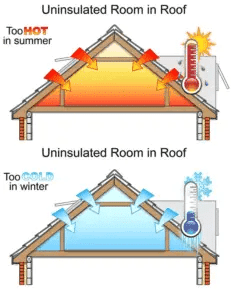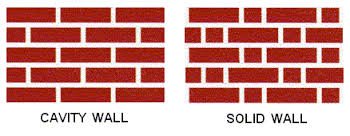CAMBRIDGESHIRE FREE INSULATION
Free Huntingdonshire Insulation.
You do not need to be in receipt of benefits to qualify for free insulation in insulation.
For Free Boilers in Huntingdonshire Click Here
For Free Central Heating in Huntingdonshire Click Here
The government’s Energy Company Obligation scheme helps to reduce carbon emissions and tackle fuel poverty.
A new part of the scheme called ‘flexible eligibility’ enables local authorities to set targets for energy suppliers to help fund the installation of energy-efficiency measures in qualifying households.
You can apply for support if you live in a property that is expensive to heat, or if you or somebody living with you are vulnerable to cold.

Qualifying criteria include:
- Someone in your home receives a qualifying benefit
- Household net income is less than £20,000 for a single person or £30,000 for a couple, and you have savings of less than £20,000
- Your property has an Energy Performance Certificate (EPC) rating of E, F or G, or provides a qualifying score through our assessment
- You or somebody living in your property have a health condition that can be exacerbated by the cold
- You or somebody living in your property are pregnant or have a child aged under 5 or somebody living in your property are aged over 65
Full details are available here.
This is all part of the Governments Energy Company Obligation (ECO) scheme.
You could save £555* or more a year on energy bills just by bringing your insulation up to the level it should be and all FREE.
There are grants available for:

Loft insulation.
Approximately a quarter of the heat that you pay for is lost through the roof of an uninsulated home. Insulating your loft is one of the easiest, most cost-effective way of saving energy and reducing your heating bills. This means that every £100 you spend on heating £25.00 is wasted.
Room in roof or attic room insulation.
If your home has a room in the attic or loft space that is accessed by a proper staircase you could benefit from a grant covering the cost of having this fully insulated. Typically you may have a dormer window. Room In Roof or Attic room Insulation grants are part of the Energy Companies Obligation scheme.
Most of these rooms have very little or no insulation and can be very cold in the winter and also very hot in the summer. Insulating correctly means that not only are you warmer in the winter but also cooler in the summer and you can save £100`s on your energy bills.


Specially designed insulation is fitted to the sloping part of the room and insulation is fixed to the back of the vertical walls. A layer of plasterboard is then installed over the insulation material and plastered ready for decoration.
Things like skirting boards, radiators and light fitting are removed before insulating and replaced afterwards. There is very little disruption and the whole process is completed very quickly.
For more information visit our Free Room in Roof Insulation Page

Cavity wall insulation.
About a third of all the heat you pay for is lost in an uninsulated home. By properly insulating your cavity walls, you will save energy reduce your energy bills. This means that for every £100 you spend on heating £33 of this is being lost through the walls.
In general, houses built later than 1990 will have been built with some form of wall insulation. This is not always the case and we have surveyed many houses built much later than this that have no insulation in the cavity.
Houses in the UK mostly have either solid walls or cavity walls:
If your house was built after the 1920s, it is likely to have cavity walls. A cavity wall is made up of two walls with a gap in between, known as the cavity; the outer leaf is usually made of brick, and the inner layer of brick or concrete block.
Pre-1920 older houses are more likely to have solid walls. A solid wall has no cavity; each wall is a single solid wall, usually made of brick or stone.
On most occasions we use a graphite enhanced bonded bead insulation unless, after survey your home requires a different material. We will advise you of this. Bonded bead is the best form of insulation to use because it allows your walls to breathe and allows any moisture to drain out. It is also a better insulator than other types of insulation.
For more information visit our Cavity Wall Insulation page

Do I have Cavity Walls ?
If your home has cavity walls, the bricks will usually have an even pattern with all the bricks laid lengthways:
If your home has solid walls, the bricks will have an alternating pattern, with some bricks laid across the wall so you can see the smaller ends from the outside.
This is usually the case but not always if you are in doubt or perhaps your home is rendered fill in the form and we will check or carry out a survey for you free of charge.
